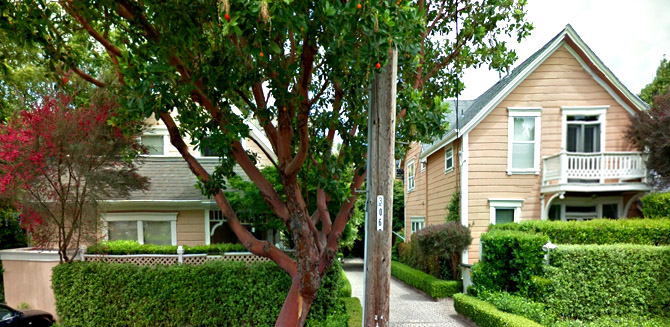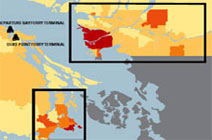
On that corner, at 214 and 210 Elm Street, were two identical Victorian style homes. According to O’Hearn, the twins were built 95-100 years ago, by the same builder, with identical materials and using the same construction techniques.
When O’Hearn bought them in 1984, it was his plan to give them each a seismic retrofit. He started with 210, bolting the sill plate to the foundation and installing plywood shear panels on the cripple walls. Unfortunately, before he got started on 214, the magnitude 6.9 Loma Prieta earthquake struck on Oct. 17, 1989, stopping the World Series baseball game in progress and devastating the San Francisco area.
In a sense, 214 Elm Street was the “control element” in this amazing experiment. “The building came apart in four sections,” O’Hearn said. By contrast, 210 Elm Street suffered only minor damage thanks to its strengthened substructure.
“The one we had retrofitted cost us $5,000 to repair. The other one cost us $260,000 to repair. The whole building had to be jacked up, repaired, and slid back on a new foundation.”
O´Hearn offers this advice, “For homes more than 20 years old located in areas of seismic activity, I strongly urge owners to consider seismic retrofit. It’s a lot cheaper to retrofit a house now than to repair it after an earthquake.”
Since earthquakes and the forces generated by them are unpredictable, seismic retrofitting cannot guarantee a house will receive no damage at all. Cracks in plaster, doors that don’t open and close smoothly, and the chimney falling down are to be expected no matter how well the house has been retrofitted.

 This map was created by the Institute
This map was created by the Institute